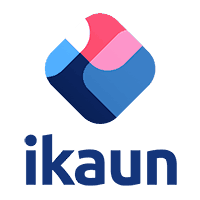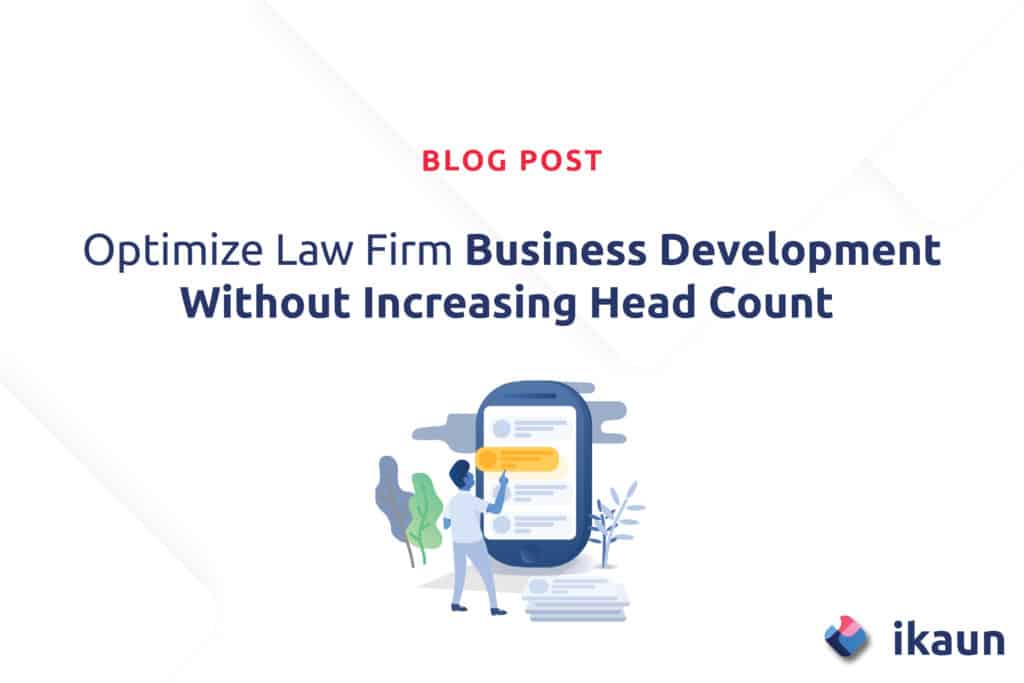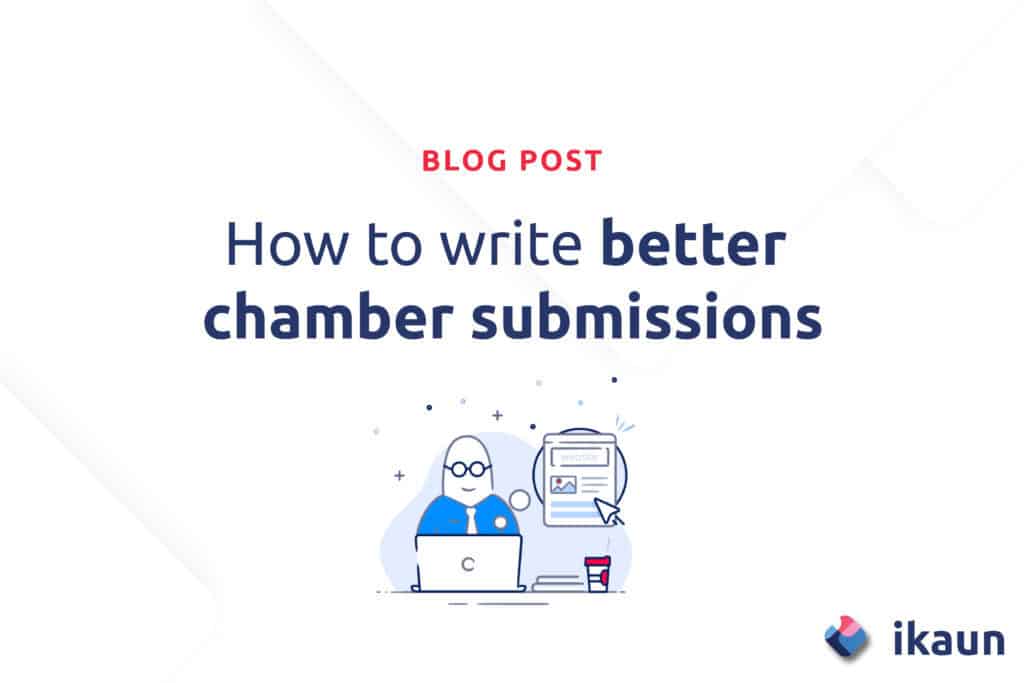Introduction
Just like every other industry today, the legal services industry is experiencing massive disruption lead not only by technology but also by client expectations. These expectations are forcing firms to become more responsive and leverage their experience and expertise in new and creative ways. In working with our clients and prospects, we’ve identified three challenges that are impacting business development and ultimately firm growth. The challenges I will focus on are those where technology will have a dramatic impact in solving these challenges. I will also give you actions to take today to make sure you’re ready to adapt and how to get started. Here are the three challenges I hear time and time again that are impacting business development in big law.
Challenge 1: Changing client expectations are demanding more time from attorneys.
Challenge 2: Mergers & combinations are making it difficult for firms to understand their collective experience.
Challenge 3: Clients are increasingly using new vehicles for hiring counseling, including reverse auctions, AFAs, and RFPs.
Challenge 1
Changing client expectations are demanding more time from attorneys.
When it comes to choosing which firm and team of professionals can meet specific legal needs, clients have more choices than ever before. More options allow clients to be more selective with their decision and demand more value. Organizations such as CLOC are operationalizing and optimizing processes for controlling external spend, which directly impacts your firm.
The Pull of Client Satisfaction
Winning new business is not easy. Keeping clients happy…it’s a battle. Once you gain a new client, meeting and exceeding their expectations is of utmost importance. On average, winning a new client is three times more expensive than maintaining and growing an existing client. The legal services industry as a whole is considered a poor client satisfaction performer in comparison to other industries, with an NPS score of 29 percent, a whopping 21 percent below what is regarded as a “good service” industry. Simply put, there is room for improvement.
Your competition has implemented business development and marketing tools to streamline firm growth strategically. Experience management and proposal automation solutions are growing rapidly in popularity. Each of these tools is essential for ensuring the firm’s best work is already presented to clients and prospects.
As the traditional client and firm relationship continue to evolve, innovation must first begin with the client. When firms start to explore how they can innovate, they should start with how they deliver a better client experience.
What is the most valuable attribute for creating a world-class client experience? Responsiveness. The ability to respond at a moment’s notice with information and answers that are accurate and relevant is critical. But this hyperresponsiveness is pulling attorneys from focusing on practice growth, which directly impacts you.
The Push on Business Development
Many law firms have a dedicated business development function that is a value-add to partners pursuing practice growth. Typically, these teams work on the most complex pitches and proposals and like every other department, time is limited. In addition to clients expecting their legal team to reprioritize their relationship, attorneys are simultaneously getting interrupted every eight minutes, with each interruption taking an average of five minutes. These interruptions are effectively eliminating up to three billable hours in a workday. Many of these requests are from the business development team. Just doing some basic math you can easily conclude that this loss in productivity has a real impact.
Your challenge, and the firm’s challenge, is in the workload your fee earners are experiencing and their lack of time to support you in business development. Your need for autonomy and self-service without sacrificing quality is of the highest importance.
Top consultative reps spend 23% more time on customer interactions than average reps. Despite the attention it has received in recent years, improving the way sales reps allocate their time is often overlooked in sales-effectiveness efforts. Yet even the best reps need enough time in front of customers to deliver distinctive results.
McKinsey
A digitally transformed business development function…
My personal experience is in technology and its impact on how consulting services organizations collaborate and develop new clients. If we ask ourselves, what does a digitally transformed business development function look like?
- Firm experience is harvested as a natural course of doing business with no extra work.
- The business development team is autonomous and able to get to the pitch phase with little or no attorney time.
- Attorneys are disciplined sellers.
Each of these attributes demands more conversation and I will dive deeper in future articles, but the point here is that digital experiences and technology are key to achieving this vision. It’s critical that you spend some time researching and understanding recent advancements in technology as they relate data classification and automation.
32% of clients issued RFPs last year, up from 28% 2 years ago. This is the start of a wave as 70% of these clients plan to issue another RFP in 2020.
BTI Consulting
Why change?
So why should my firm change how business development works with attorneys? The answer is money…
By increasing efficiency in how experience information is harvested from client work, firms can empower the business development team to respond to RFPs with little or no attorney time. This translates into less demand from business development on attorneys and more time for attorneys to focus on their clients. This directly impacts the third attribute of the digitally transformed business development function and that’s giving time back to attorneys to become disciplined sellers.
How Much Does it Cost to Respond to an RFP?
Want to determine how much you spend on proposals and RFPs? Use our calculator
Five-year projection:
Larger firms will continue to accelerate investment in technology that streamlines the relationship between business development and attorneys. This investment and acceleration of adoption will come in the form of innovative AI-based knowledge management systems, proposal generation software, and experience management platforms. New technology, including AI, has already made its way into these firms. The next step is to build custom, firm-specific applications that drive tangible, realized ROI.
Smaller firms will see the impact new technology is having on larger firms, leading to the adoption of SaaS platforms, enabling their firm to eliminate manual rework. They will realize innovative technology is not limited to large firms, and it can enable rapid growth that could previously only be realized by adding manpower. Innovative firms will look at cloud technology as a means to disrupt larger firms who continue to struggle with the legalities of using cloud-based solutions.
Challenge 2
Mergers & combinations are making it difficult for firms to understand their collective experience.
2018 set a high water mark for mergers and combinations of law firms around the globe, producing a record-setting 57 mergers through Q3 alone, according to Fairfax research. Mergers in 2019 weren’t able to keep quite the pace of 2018, but still produced six mergers of firms with over 100 attorneys.
The difficulty in completing a larger scale merger is reflected in the 2019 data – there are no completed mergers where the smaller firm had over 100 lawyers thus far this year. By contrast in 2018 we saw seven such mergers and in 2017 we saw nine.
Fairfax Associates
Many experts project the trend of large law firms scooping up high-quality, smaller firms will continue into the next decade. But how will these firms combine their collective experience, and leverage it to maximize ROI? As mergers continue, decades of experience, client data, and information systems collide. These elements carry with them the promise of improved service offerings, firm knowledge, and ultimately greater value to clients. Yet as the accumulation goes on, firms must turn to systems that will help manage and deliver this new-found experience in an elegant and valuable way to business development and fee-earners.
Driving toward the elusive “one firm” often means drudging through years of client and experience data in disconnected systems in an effort to combine. Systems often overlap, resulting in redundant document management, matter warehouses, and HR systems.
Typically, the acquiring firm forms an integration team to understand the systems each firm has, and builds a long-term technology strategy, beginning with the selection of one system to house data and information that supports attorneys and business development. That system should integrate with the platforms and databases from both firms, resulting in a unified, user-friendly solution.
28% of firms have made serious attempts to systematically re-engineer work processes or implement formal knowledge management programs.
Altman Weil
The goal is to enable attorneys and fee earners to spend more time on clients, with greater effectiveness. A solution that requires little time to learn enables attorneys to drive more value for clients, and business development to promote the firm’s new capabilities and leverage them for growth.
When it comes to merging two law firms, more isn’t always better. Driving value for clients requires synergy between the combining firms and clear communication between business development and fee earners. A recent ABA Journal article on successful law firm mergers featuring Andrew Jillson, a Law Firm Management Advisor, and former AmLaw 100 Executive, said it best, “A law firm merger needs to further a strategic imperative that the firm arrived at in a clear-thinking way, and that imperative should not just be growth,” Jillson says. “If you don’t approach a merger correctly, you can just end up adding more weight to the firm in a way that doesn’t further any strategy.” Firm leaders should determine what they’re trying to accomplish “before the mating dance starts,” he says.”
Five-year projection:
As the trend of larger firms combining with smaller, more focused firms continues, realizing value from these mergers will be of greater emphasis. Leveraging technology to streamline the merger will bring immediate value, making newfound experience easily searchable and usable in future pursuits. Expect to see investment into platforms that enable “one firm” through integrations and experience consolidation.
Small firms will have the opportunity to compete with firms that continue to bloat their workforce by leveraging technology that helps them look and feel bigger than they are. Their attorneys will become more focused on client relationships, and business development will streamline their dependency on attorney-time that they have become accustomed to. Newfound autonomy will result in a firms’ ability to nimble and react to client demands faster in an ever-changing market in comparison to firms that are several times their size.
Challenge 3
Clients are increasingly using new vehicles for hiring counseling, including reverse auctions, AFAs, and RFPs.
Clients are expecting more from firms when sending out RFPs, and it is becoming increasingly more challenging to remain competitive. As better technology has been introduced to the legal industry, massive trends have gained traction in the RFP sector, including reverse auctions, and alternative fee agreements.
“The average law firm now handles 200 RFPs a month, to the tune of 10,000 hours of work annually. The very best firms have a win-rate of about 30%. This means a great deal of time and money – upwards of 7,000 hours a year – is being invested in efforts that lead to nothing.”
James Paterson, Vice Presicent of Large Law Practice Managment Solution
To successfully navigate and profit from alternative financial agreements, your firm must understand its financial metrics. Pursuing an auction unprepared will end up costing you more than you can afford to lose. Your competition is changing its technology systems allowing them to know what they’ve done, how much it cost, and what the profit margin is. Your firm can and should achieve the same solution.
Reverse Auctions
A new trend that has emerged in the RFP process is the reverse auction. Companies began using reverse auctions almost exclusively for legal work that is highly valued.
Procurement-led RFPs are on a steady rise, putting a time burden on fee earners and business development to identify relevant past work and professional experience within the firm. While this style gives clients a more efficient method of choosing a law firm for their case, it can derail a firm’s effort to stay on task.
Reverse auctions have created a race to the bottom to see who can offer their services for less, cutting profit margins. In turn, reverse auctions have prioritized the efficiency of a law firm’s workflow to become increasingly more significant.
Information systems that are properly designed to provide the right experience at the right time will result in more won auctions and fewer headaches along the way.
Alternative Fee Agreements
51% of law firms with revenue over $1B have adopted alternative billing models. Only 20% of firms with revenue under $10M say the same.
Bloomberg Law
Alternative fee arrangements (AFAs) are growing, shifting the risk more toward the firm, and away from the client. Properly executed, this method can still increase a firm’s profitability and client predictability.
Despite the fact that reverse auctions and AFAs are increasing in popularity, quality of service is still the most significant concern for clients seeking legal services. The reverse auction can also be used as a time to highlight their experience over their competition. Innovative law firms are adapting to new technologies to reduce their cost without lowering the quality of work, thus giving them a leg up in the competition.
64% of law firms say they are collaborating with clients on creative alternative fee options.
Altman Weil
Why should my firm change how it handles procurement, RFPs, and auctions?
As clients seek ways to reduce their legal spend, there is still the opportunity for your firm to profit using alternatives to the billable hour. AFAs, RFPs, and reverse auctions require you to know your firm inside, and out.
Winning a matter and profiting from one are two different things. To grow your firm, technology systems must be implemented to allow business development to pursue new business autonomously, and attorneys to report what they have done.
The law firms you are competing against are answering with more detailed, accurate, and relevant proposals, giving them a subjective and financial edge.
Five-year projection:
Large firms will gradually adopt alternative arrangements, leading to fragmented client offerings, and an even more diverse set of capabilities than they already have. New technology platforms will be a necessity for firms that want flexibility in their complex and nuanced offerings, removing a one-size-fits-all approach that has been traditionally employed.
Smaller firms have an opportunity to react faster to these alternative fee arrangements that large firms cannot keep up with, giving them an advantage in the eyes of many clients. Their traditional reliance on manual work will have to take a backseat to technology that covers much of the ground for them, in a more efficient way. Expect to see small and medium-sized firms adopt new technology that enables their team to offer more flexibility to clients without the added expense of new hires.
In Summary…
Do you need to change now?
To put it bluntly, yes. Your competition is absolutely investigating ways of surfacing their experience in new and creative ways to gain a competitive advantage. Firms of all sizes are doing this, and it’s not limited to AmLaw 100 or even AmLaw 200 firms. There is total clarity that presenting your best experience is key to driving firm growth and maintaining your existing client base. The task of revolutionizing your firm’s technology can seem daunting at first, but the longer you wait, the more potential new business gets left on the table due to inefficiency.
“Law firms have historically struggled with data that is inaccurate, incomplete and not easily accessible for business development, but that is changing rapidly. Firms of all sizes and pedigrees are looking to become data-driven, not only for BD purposes, but in many firms, they are looking at data to make more informed business decisions.”
Tom Baldwin, Partner, Fireman & Company
What if I do nothing?
As more and more technologies enter into the legal industry, client expectations are following the same trajectory. If you continue to resist change and adapt to new software, the bigger the disparity gap will become between you and the client. An inability to meet a client’s needs doesn’t just mean a loss of potential future business with that client, but it also means a loss of potential future business with any of their connections.
Your competition is likely already leveraging technology to accomplish all of these more efficient and cost-effective strategies, so the longer you wait, the further you will fall behind, and the more out of control your experience and data will become.
Why now?
Every day more experience is created and lost due to the current disconnected systems you use. These systems often include email, Excel sheets, databases, matter warehouses, accounting, finance, and HR systems, and more.
Now is the time to get your data house in order and make your firm’s experience a differentiator in a highly competitive market of constant price pressure and lateral moves. There couldn’t be a better time to stop leaving potential business on the table and start working more efficiently.
Ready to Get Started?
If you are interested in getting started on your transformation, we have codified a process to understand exactly where you are in your experience management process by identifying where the experience exists, who uses it, and what its effectiveness is through analyzing your win percentage. This experience assessment will help you determine your starting point and where to take your change management next.
Change management begins by building consensus internally. It is essential to engage with the people that this change would directly impact; fee earners, your business development team, proposal managers, IT, and more.
Want to see how ikaun can transform your firm?
About the author
As President of Ikaun, Jason drives the daily innovation pipeline that fuels ikaun’s client solutions and successes. He owns a team of technology experts dedicated to digital enterprise transformation through trending technologies, including collaboration, integration, cloud, and artificial intelligence.
Jason has spent over twenty years helping medium-sized and Fortune 100 enterprises build and manage complex, mission-critical digital platforms that advance collaboration through knowledge management applications. Over the past eight years, Jason has worked with over 40 of the AmLaw 200 with a focus on knowledge management, collaboration, and experience discovery.

Intelligent Proposal Automation
With powerful document automation, ikaun enables firms to generate proposals, pitches, and legal submissions using dynamic, branded templates. Conditional logic, real-time data mapping, and seamless CRM integration ensure that ever document is accurate, compliant, and on-brand.

Experience Capture
ikaun serves as a centralized structured repository for firm knowledge, allowing teams to store, organize, and access critical business information efficiently. Customizable data fields, robust search, and automation rules ensure information remains accurate and easy to retrieve.

CVs and Biographies
ikaun captures and structures firm-wide experience, enabling teams to showcase expertise efficiently. Integrated attorney biographies and matter profiling provide instant access to relevant credentials, improving business development and cross-selling opportunities.

Award Submissions
Automating the directory submission process, ikaun collects relevant case studies, manages referee tracking, and formats entries to meet the exacting standards of legal ranking bodies. This reduces submission time while ensuring law firms present a compelling and competitive profile.

Seamless System Integrations
ikaun integrates with essential firm systems, including CRM, billing, experience databases, and marketing tools. Whether pulling structured data for proposal automation or pushing updates to a firm's website, ikaun ensures data flows seamlessly across the organization, eliminating redundancy and manual updates.






